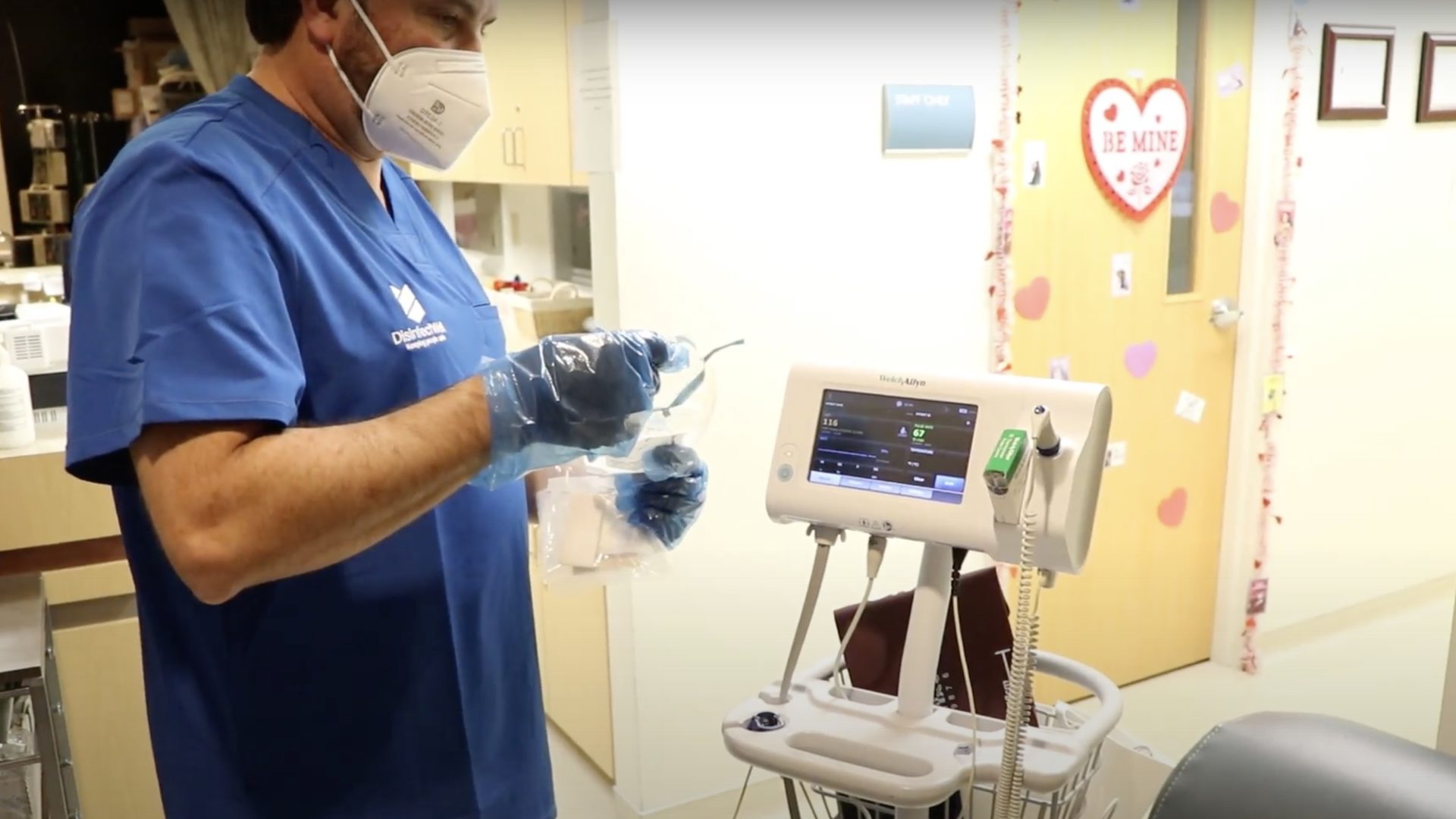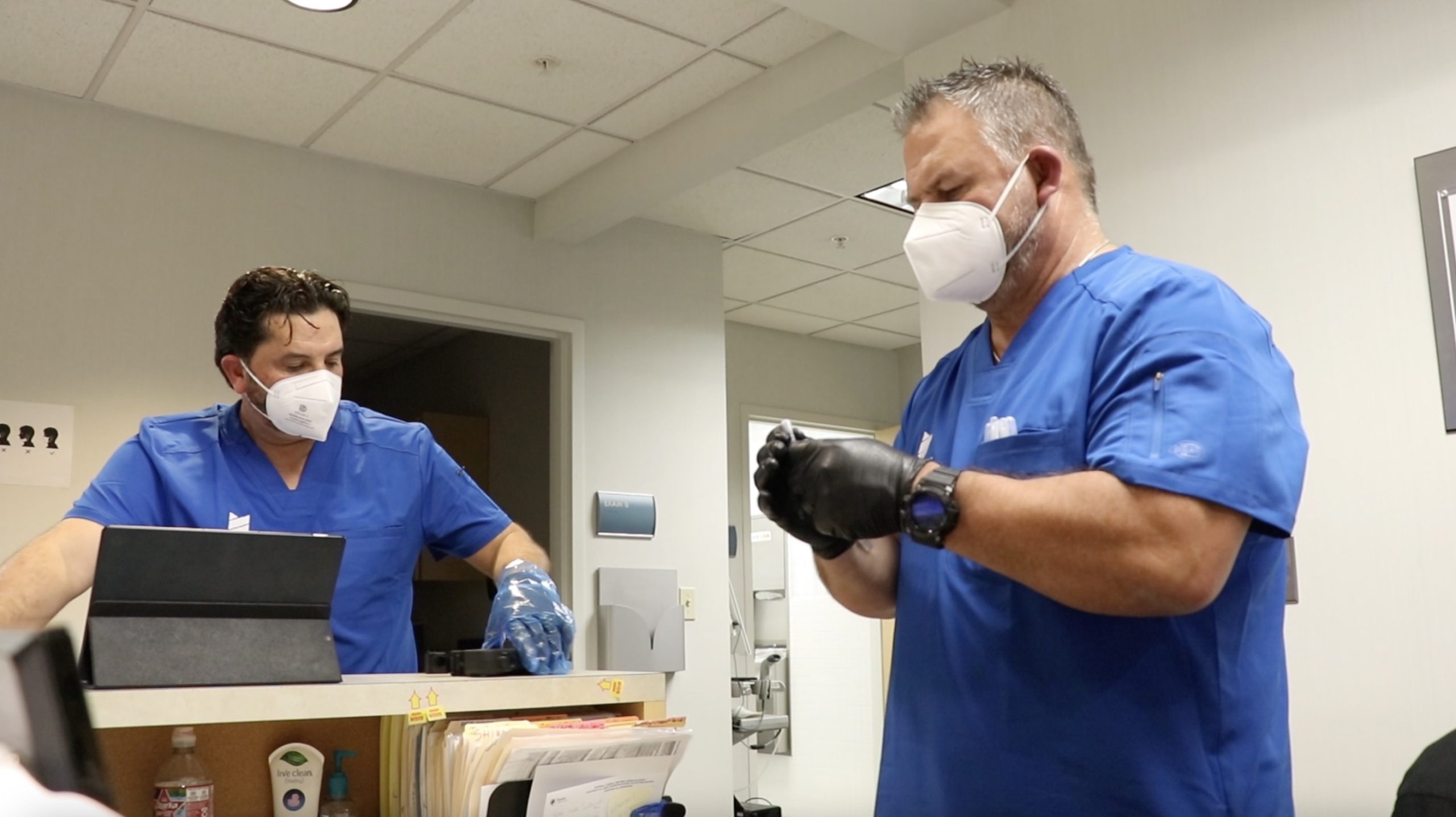Infection control is a vital component of any healthcare facility. However, it is crucial in long-term care (LTC) settings because residents in long-term care facilities are typically more susceptible to infections due to their age, chronic health conditions, and weakened immune systems. More than 15,000 long-term care facilities serve more than 1 million residents in the United States alone. The residents and staff in LTC facilities have an increased risk of infection due to the unique challenges in the care setting and the resident population. Healthcare-associated infections (HAIs) account for as many as 380,000 deaths annually.
To protect patients and staff, long-term care facilities must have an infection control program that meets or exceeds government requirements. This blog post will discuss what is expected of infection control specialists in long-term care facilities and how DisinfectWell can help them meet those expectations. In this effort, the role of an Infection Control Specialist is central.
The Centers for Disease Control and Prevention (CDC) has established guidelines that all healthcare facilities, including long-term care facilities, must follow in order to minimize the spread of infections. Some of the specific tasks that are expected of infection control specialists include:
- Conducting risk assessments to identify potential sources of infections
- Developing and implementing policies and procedures for preventing and controlling infections
- Educating staff and residents about infection prevention
- Monitoring compliance with infection control policies and procedures
- Investigating outbreaks of infections
- Evaluating the effectiveness of infection control interventions

One way to measure the success of an infection control program is by looking at the rate of nosocomial infections. Nosocomial infections are those that are acquired in a healthcare setting, and they can be deadly. In long term care facilities, the most common nosocomial infections are those of the respiratory tract, urinary tract, and skin.
Another way to measure the success of an infection control program is by looking at patient census. This is a measure of how many patients are being treated in a facility at any given time. A high patient census can put strain on resources and make it more difficult to keep patients safe from infection.
The goal of any infection control program should be to reduce the risk of nosocomial infections and improve patient outcomes. DisinfectWell can help infection control specialists with all of these tasks by providing a comprehensive solution for preventing nosocomial infections1. We employ a “test, disinfect, verify” process, guaranteeing the success of our efforts right away. This innovative and unprecedented approach to infection prevention has been shown to significantly reduce the rate of nosocomial infections and improve patient outcomes.
Infection preventionists play a key role in reducing the incidence of HAIs through their surveillance activities and implementation of control measures. However, their efforts are often hampered by budget constraints and lack of staffing. Nosocomial infections are a huge problem in healthcare facilities, costing billions of dollars each year. One way to reduce the incidence of nosocomial infections is to focus on environmental factors that contribute to the spread of infection. That’s where DisinfectWell comes in. In order to be successful, infection preventionists must have access to adequate resources and personnel.

DisinfectWell represents a novel infection prevention process for your facility. By using ATP Rapid On-site Testing (adenosine triphosphate) and MicroID Environmental Testing (environmental samples sent to a 3rd party lab), surfaces and air are sampled to create a consistent feedback loop around microbial contamination levels. Then disinfectants are applied using electrostatic equipment to deploy a safe, non-toxic antimicrobial solution to surfaces. After which, the surfaces are retested to ensure proper application of all the disinfectants.
“Since onboarding early this year we have not had any Clinically Acquired Infections reported or any medical staff test positive for COVID-19.”
— Jennifer Sassano, Chief Operating Officer for Choice Cancer Care
(quote provided after 2021 9 month pilot for 2021 4Q press release.)

By using DisinfectWell, infection control specialists can be confident that they are doing everything possible to prevent the incidence and spread of infection in their facility.
An effective infection control or better yet an infection prevention program is essential for long term care facilities. The focus of the program should be to reduce the risk of nosocomial infections and in turn improve patient outcomes.
DisinfectWell is a new solution that helps long term care facilities meet these goals by providing a complete disinfection protocol that covers all environmental factors implicated in the spread of infection AND proving it works. This innovative approach to infection prevention has been shown to significantly reduce the rate of nosocomial infections and improve patient outcomes. This process actually moves the facility from a defensive position of infection control, to a proactive, offensive position of infection prevention. For more information on how DisinfectWell can help your facility, please visit our website or contact us today.
Get A Free Assessment!
DisinfectWell can guarantee proper disinfection of your healthcare facility, and we would like to show you how our simple, safe, and fast decontamination process works.- Infection Controlled Registered Nurse Job Class Profile
- U.S. Department of Health and Human Services. National Action Plan To Prevent Healthcare-Associated Infections: Road Map to Elimination. Chapter 8, Long-Term Care Facilities. April 2013.





